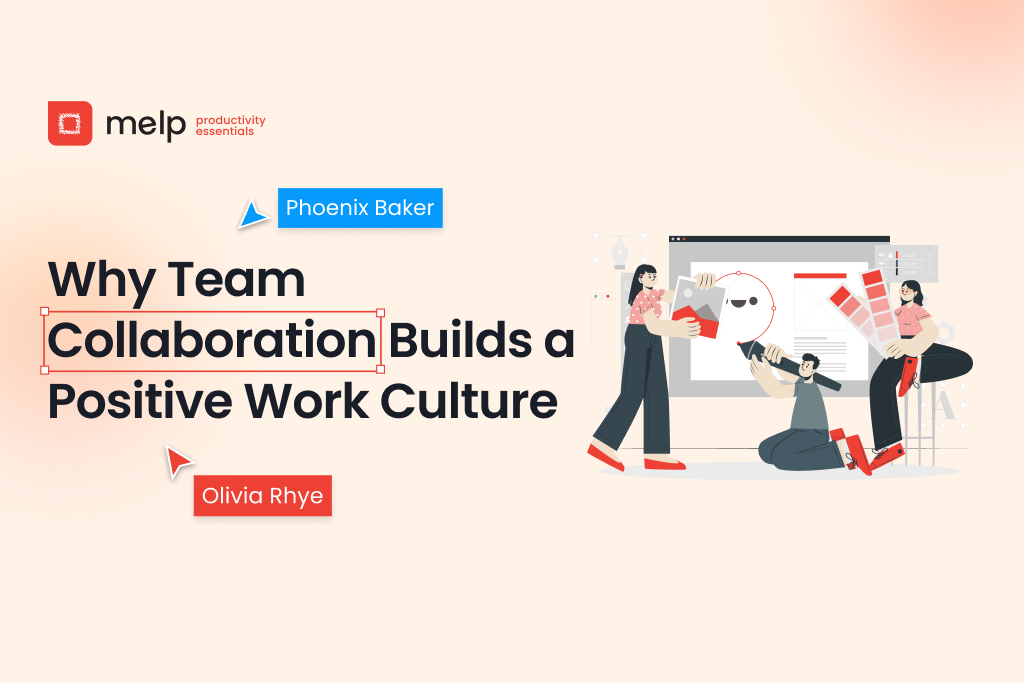
When people talk about “work culture,” it’s easy to imagine things like office perks, relaxed dress codes, or maybe even the type of coffee served in the break room. But the truth is, culture runs a lot deeper. It’s built on values, communication, and how people actually work together—every single day.
At the center of this is something we often take for granted: team collaboration.
Sure, everyone knows teamwork matters. But what’s not always clear is how much it matters—not just for productivity, but for building a healthy, motivated, and resilient workplace.
1. Breaking Down Barriers
In many companies, departments tend to stay in their own lanes. Marketing does marketing. Sales handles sales. HR focuses on HR. But the moment teams begin to collaborate across functions, things start to change—fast.
People start to understand each other’s challenges better. Ideas flow more freely. Goals become shared instead of siloed.
Suddenly, it’s not just about hitting targets—it’s about helping each other win.
2. Bringing Fresh Ideas to the Table
When you bring together different perspectives, unexpected ideas tend to pop up. That’s one of the biggest perks of real collaboration: innovation.
A designer might spark a marketing idea. A developer might offer a solution the support team hadn’t considered.
And when people feel heard, their ideas don’t just stay ideas—they become sparks for real change.
3. Keeping Everyone in the Loop
Let’s be honest—confusion at work is exhausting. Whether it’s not knowing who’s doing what or finding out about a change too late, miscommunication can drain momentum and morale.
But when teams are in sync, everyone’s on the same page. You know what’s happening, when it’s happening, and who’s doing it.
And when clarity replaces chaos, people stop guessing—and start trusting.
4. Making Work Less… Well, Boring
We all fall into routines, and sometimes that’s fine. But when every day starts to feel the same, motivation takes a hit.
Regular check-ins, casual chats, and shared progress keep things dynamic.
Even a five-minute chat can remind us we’re not just working—we’re working with someone.
5. Creating a Culture of Respect
Here’s something that doesn’t get said enough: good collaboration isn’t just about getting things done—it’s also about how people treat each other while doing it.
When teams work together consistently, trust grows. People listen more, compete less, and value what each person brings to the table.
When respect becomes the norm, people stop competing—and start caring.
6. Helping Teams Handle Pressure Better
Every organization hits rough patches—tight deadlines, sudden changes, or complex projects. The difference between burning out and bouncing back often comes down to teamwork.
A connected team shares the weight. They problem-solve faster, support one another, and lift each other up.
In tough times, a strong team doesn’t crack—they carry each other through.
Wrapping Up
At the end of the day, a positive work culture isn’t built on posters or perks. It’s built on people—people who feel seen, heard, and supported.
Collaboration is the foundation. It fuels creativity, eases stress, and reminds us that work isn’t meant to be a solo climb.
When people feel like they belong, work becomes more than a job—it becomes something they’re proud of.
So here’s a simple question: Does your team feel connected—or just coordinated?
The answer might tell you more about your culture than anything else.
If your team feels more coordinated than truly connected, it might be time to rethink how you collaborate. A smart team collaboration software like Melp can help bridge that gap—bringing clarity, creativity, and cohesion to your everyday work.
Ready to turn your team into a powerhouse of collaboration and positivity? Try Melp and see the difference real teamwork makes